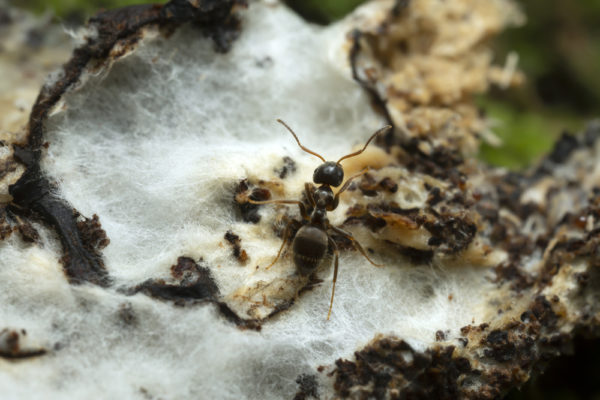The days of invasive crazy ants — whose supercolonies can support millions upon millions of the fierce insects — may be numbered. That’s because a deadly fungus that uses spring-loaded harpoonlike barbs to pierce the ants’ gut cells is wiping out their colonies across the Southeastern United States.
That’s not a bad thing. Tawny crazy ants (Nylanderia fulva), which are originally from South America, have over the past two decades become an increasingly problematic pest species and a threat to local wildlife in the U.S., by creating vast supercolonies.
Scientists with the University of Texas at Austin’s (UTA) Brackenridge Field Laboratory recently identified a type of fungus that seemingly only targets tawny crazy ants, sparing native ant species and other arthropods. One ant colony infected with the fungus can spread the pathogen to others that are nearby, leading to the collapse of a supercolony and triggering the extinction of a crazy ant population within just a few years, the researchers reported in a new study.
“Writer Fuel” is a series of cool real-world stories that might inspire your little writer heart. Check out our Writer Fuel page on the LimFic blog for more inspiration.


